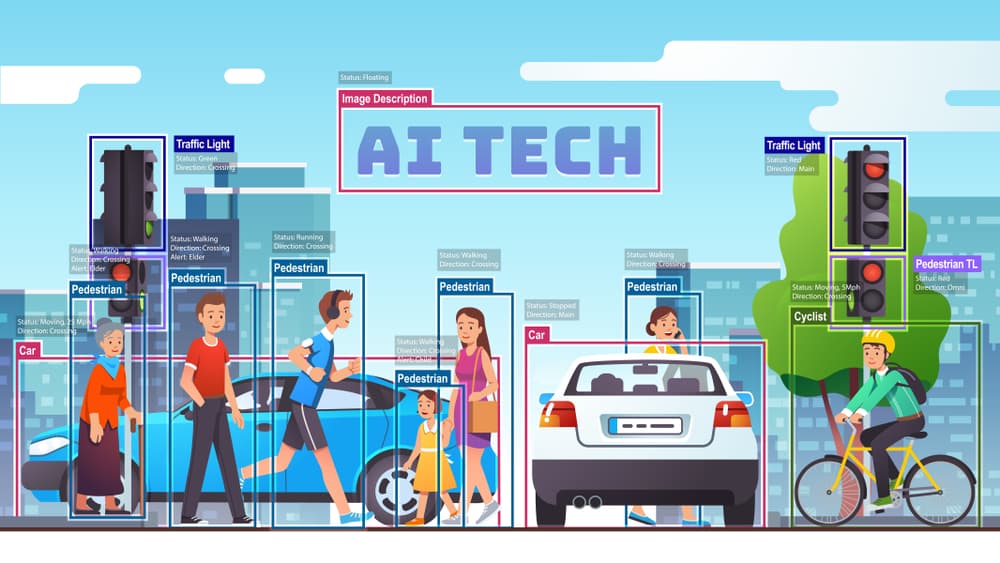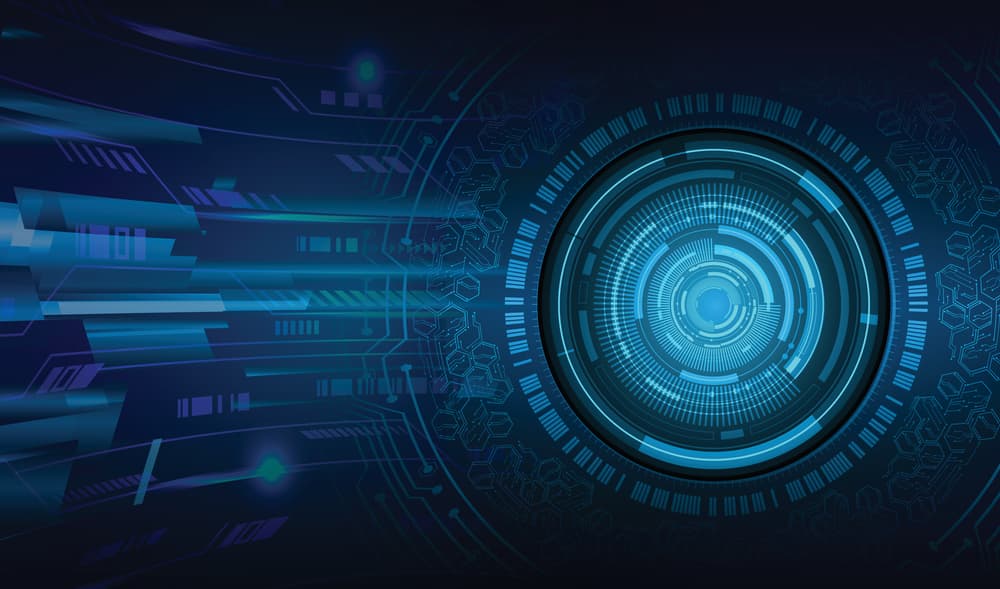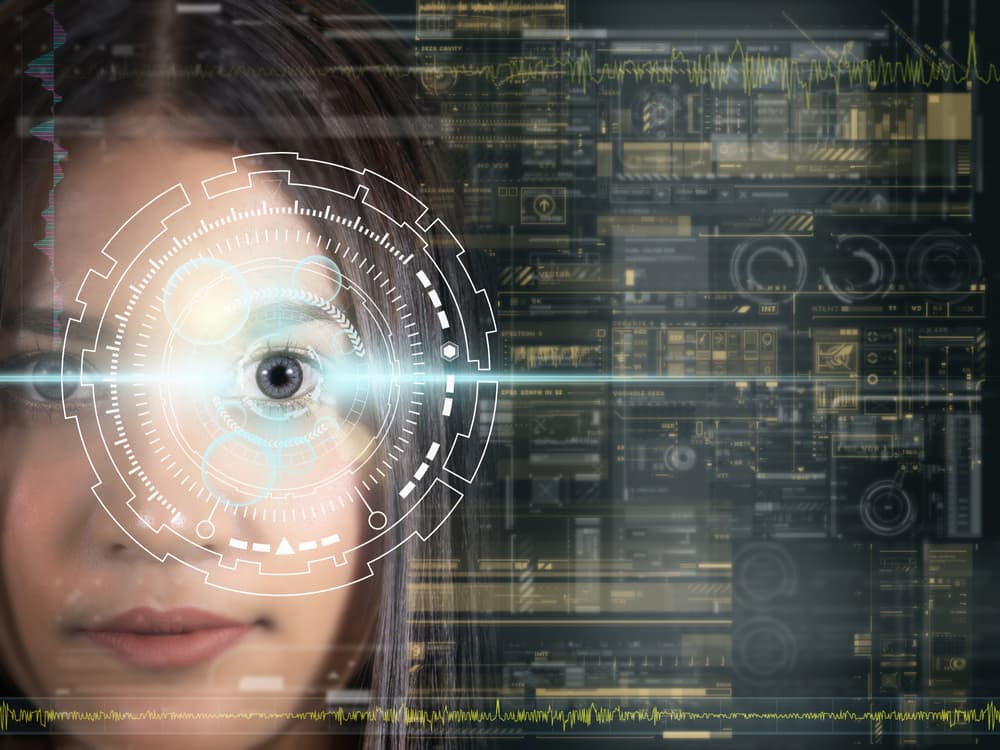Computer Vision Datasets for Projects

Deep learning methods are used in many recent computer vision applications. As a result, every computer vision engineer’s ability to pick and use datasets to train machine learning algorithms is critical.
Let’s have a look at how computer vision datasets have improved object detection and led to high-tech technologies like self-driving cars and the newest smartphones that will be covered in this article.
What is a computer vision system?
Intending to make computers process images and video the same way we do with our vision systems, computer vision is a kind of artificial intelligence.
What are the various ways to use computer vision? Automatic cancer diagnosis in medical imaging is made possible by computer vision. Self-driving cars use to stop people and halt at red lights.
Let’s look at how computer vision was in its infancy to understand it’s potential better. Computer programs that could identify patterns in photographs were developed long before deep learning techniques. To identify the photos, they would then use statistical learning methods, such as linear regression and decision trees.
Software systems that might beat human specialists in many cases needed a large number of engineers and were time-consuming to develop. When deep learning was introduced, it was an entirely new approach to machine learning in every industry.
Machine learning algorithms and a rise in the amount of data on which they are based have been the primary drivers of computer vision’s recent progress. Computer vision accuracy rates have soared due to the massive quantity of labeled data we have now. Consider the significance of these datasets to computer vision and deep learning.
What is the Function of Datasets in Deep Learning Techniques?
Neural networks, which are roughly based on the neurons in the human brain, are at the heart of deep learning. Enabling the detection of patterns by supplying a neural network with labeled instances of data is an essential step in the classification of data that is not structured data.
Engineers hope to give these algorithms (mathematical equations) as many bits of structured data as possible to make them as accurate as feasible. As a result, if we want DL Algorithms to categorize data effectively, which is not structured, we need to feed them a lot of labeled datasets. Consider a few ways that such data is labeled and how we may obtain these datasets for our own algorithms.
1. Hand-Labeling
Hand-labeling data is shared among freelancers and data scientists, especially for photographs containing difficult-to-identify items. Scientists from MIT and IBM used Amazon Mechanical Turk to recruit freelancers to generate the photos used in ObjectNet, an archive of photographs featuring items that have been toppled over or taken from unusual angles.
2. Labels Created by the User
When a website asks for proof that you’re not a robot via a Captcha, you’ve likely utilized data labeling. To improve Google’s artificial intelligence applications, you may use Google Recaptcha 33 grids that require you to choose all photos with a stop sign. It’s possible to train algorithms that power self-driving cars by classifying data in a specific way. It’s a good thing that your self-driving car is capable of stopping at a stop sign.
3. Classified data
Repurposing already-existing data is another method to amass enormous volumes of information. Zalando’s grayscale photos of numerous fashion goods make up the Fashion-MNIST dataset. It is a variation of the original MNIST digits dataset, consisting of 60,000 training instances and 10,000 test examples.
Let’s now examine how computer vision algorithms to process and learn from the data we’ve just discussed.
How Computer Vision Algorithms Use Labeled Data to Improve Performance
Let’s imagine you want to use a neural network to develop an algorithm to recognize a specific breed of dog. Thousands of photos of dogs, each labeled with the breed it depicts, would be used to train the neural network. This neural network will be able to better discriminate between different breeds of dogs if it considers the tags. When the algorithm sees a lot of classified dogs, its “vision” becomes better and better.

The algorithm already exists; you need to make a smartphone unlock software that lets your three dogs each unlock their phone. Selecting an algorithm that can distinguish between different dog breeds and then training it with your lab, husky, or chihuahua are the sole requirements for building a breed identification function. The network will be able to recognize your dogs’ faces without further input or feature verification after consuming images of their faces taken from various angles.
In order to build a robust algorithm, more than just labeled data is needed. Hyperparameters, such as the number of layers in neural networks or the number of times an algorithm runs through a computer vision dataset, must also be tuned by experts.
Four commonly used Computer Vision datasets.
Deep-learning techniques depend heavily on computer vision datasets, as is well known. Data labeling, on the other hand, is an expensive and time-consuming process. To classify 10,000 photos would need a significant amount of time. Datasets for computer vision may be found in these three instances.
1. MNIST and the World of Fashion
MNIST and Fashion MNIST datasets may be accessed. New algorithms created by members of the AI/ML/Data Science community frequently use the original MNIST dataset, which is made up of handwritten digits.
As a replacement for MNIST, the designers of Fashion-MNIST cited the latter’s lack of current CV tasks, the community’s excessive usage of it, and its simplicity (most pairs of digits could be distinguished by just one pixel).
MNIST’s typical picture size is 28×28, and the training and testing portions are also 28×28 in Fashion-MNIST. Therefore, developers can substitute MNIST datasets with Fashion datasets and utilize Fashion-MNIST as a drop-in replacement.
2. ObjectNet and ImageNet
There are 14 million photos in ImageNet, a crowd-sourced photo collection, which is prominent in artificial intelligence applications, each with a labeled node that specifies the image content. Usually, a node is associated with more than 500 images.
However, contemporary image-detection algorithms can’t benefit from ImageNet’s simple pictures since they’ve already absorbed everything it has to give. Compared to the Image Net dataset, these algorithms performed considerably worse when they were put to use in the actual world. A substantial decline in the proportion of properly-recognized items was seen for photos that were captured from odd angles. For this reason, a team of MIT and IBM researchers set out to construct a new object-recognition dataset.
There are roughly 50,000 photographs of tipped-over objects and shots of “right-side-up” things taken from unique angles in this collection, called ObjectNet.
3. Labeled Faces in the Wild (LFW)
A library of face photos, Labeled Faces in the Wild, was created to answer face identification challenges that were not confined. Over 13,000 photos of faces are included in this computer vision dataset, each annotated with the person’s name. Approximately 1,680 people featured in the collection have more than one different photograph.
The Viola-Jones face detector is the only recognition technology used in this dataset’s photos. Face detection was used to generate the database; therefore, few photographs of side angles or views from above and below are included.
4. CIFAR-100 Dataset
Canadian Institute for Advanced Research (CIFAR) created the CIFAR-100 dataset in conjunction with the CIFAR-10 dataset (CIFAR). Pictures of fish, flowers, insects, and many more are among the 60,000 things in the dataset. The images are all 3232-pixel color photographs. Computer vision researchers are encouraged to use this dataset since it contains a large number of low-quality photos.
Conclusion
Throughout this post, we have discussed computer vision and the necessity of datasets.
Computer vision is having a profound impact on nearly every business. Organizations are redefining how machine learning function was used in the past using Computer Vision technology. Many industries, including healthcare and autonomous driving, are already taking advantage of computer vision technologies. High-quality datasets must be used while training deep learning models for Computer Vision in order to achieve robustness.




gralion torile
I conceive this web site contains some very excellent info for everyone. “Anger makes dull men witty, but it keeps them poor.” by Francis Bacon.